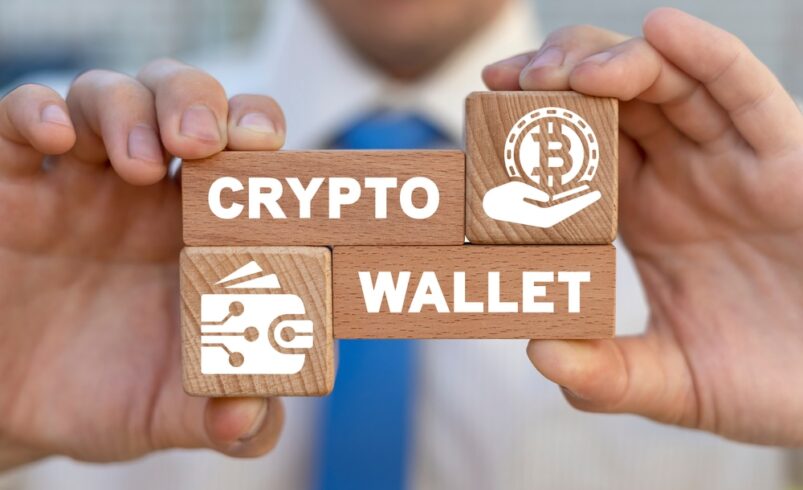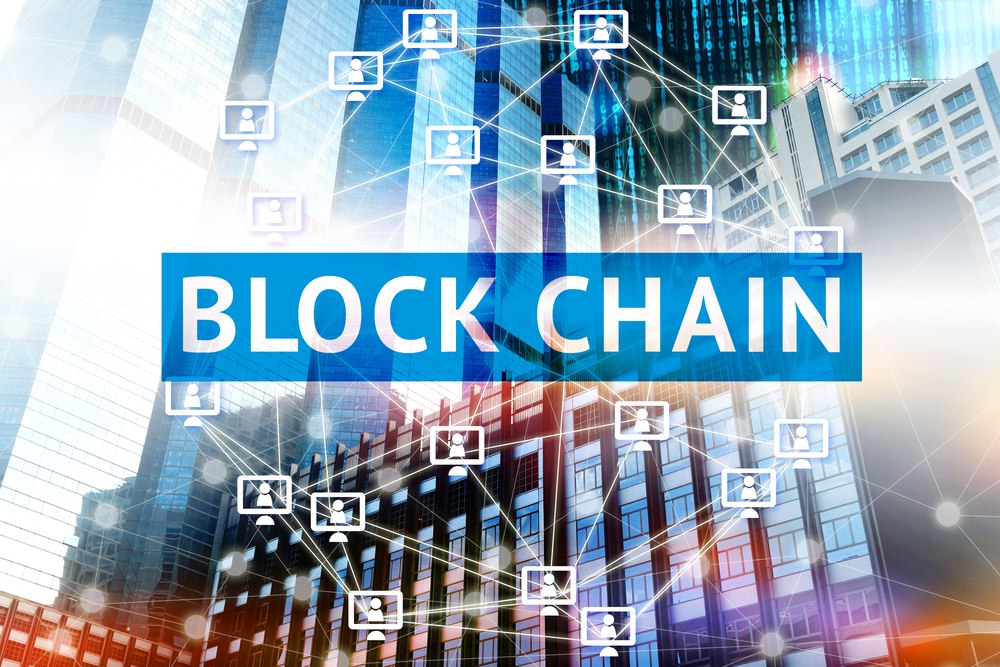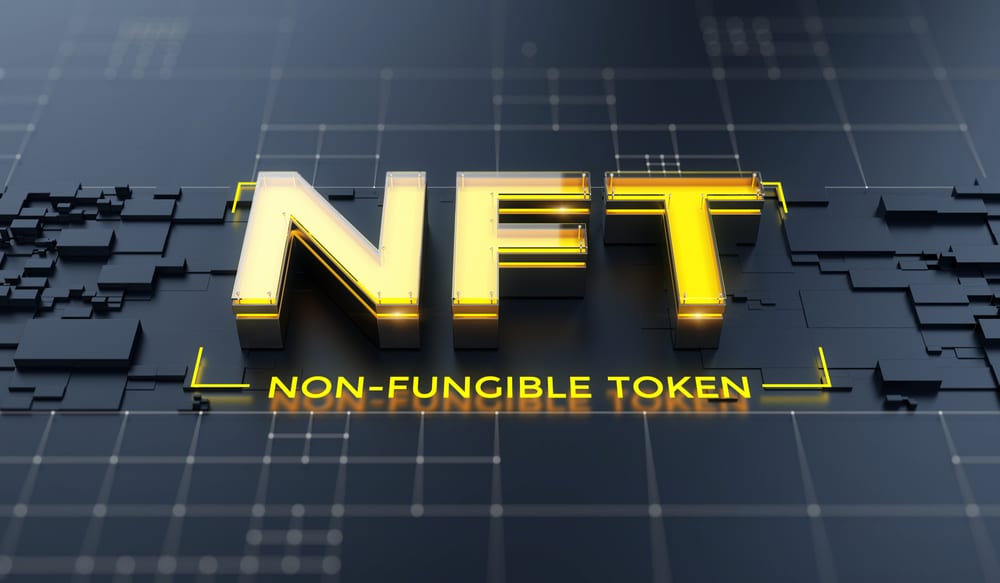Everything You Need to Know About NFTFi: The Convergence of NFTs and DeFi

In the ever-evolving landscape of blockchain technology, NFTFi emerges as a groundbreaking innovation, bridging the gap between non-fungible tokens (NFTs) and decentralized finance (DeFi). This fusion promises to revolutionize how we perceive and utilize NFTs, offering numerous opportunities for NFT holders and enthusiasts.
The Genesis of NFTFi
The blockchain ecosystem has witnessed the rise of several transformative technologies, with DeFi and MetaFi being prime examples. These innovations have redefined traditional transactional methods, offering decentralized alternatives to conventional systems. DeFi, in particular, has empowered users to engage in financial transactions without the need for centralized intermediaries.
NFTFi, a relatively new entrant, stands at the crossroads of NFTs and DeFi. While it shares certain similarities with DeFi, its potential is vast, especially for NFT enthusiasts. This platform aims to breathe new life into the NFT market, which has seen many tokens remain dormant and depreciate.
NFTFi Unveiled: The Synergy of NFT and DeFi
By 2020, DeFi had amassed a total value locked (TVL) of nearly $10 billion across various protocols, and the subsequent year witnessed the NFT market’s meteoric rise, accumulating over $2.5 billion. Given the individual successes of NFT and DeFi, their amalgamation is poised to create ripples in the blockchain domain.
NFTFi’s primary objective is to enhance users’ access to more liquid assets. This platform allows NFT holders to monetize their assets by earning yields or temporarily transferring their NFTs to other users in exchange for funds. This innovative approach replaces using cryptocurrencies as collateral, opting for NFTs.
The Mechanics of NFTFi
NFTFi relies on blockchain technology, with smart contracts playing a pivotal role. The platform seeks to connect two groups: those without NFTs. The process commences with the NFT owner listing their asset on a marketplace. Interested parties can then either lend their NFTs or borrow funds. Upon reaching a consensus, the smart contract securely holds the NFT for the agreed-upon duration. Typically, the NFT owner dictates the terms, encompassing contract duration, loan amount, interest rate, and other specifics.
Key Elements of NFTFi
NFTFi’s versatility is evident in its diverse applications, which can be tailored to suit specific blockchain configurations. The platform offers four primary services:
NFT Fractionalization: This entails dividing NFTs into smaller, tradable tokens. These fragments represent a portion of the entire asset and can be traded on public and private marketplaces. Such a mechanism democratizes access to premium NFTs, enabling users to invest at a fraction of the cost.
NFT Derivatives: Mirroring traditional derivatives, this feature allows users to speculate on NFTs’ future prices. Depending on market predictions, users can adopt long- or short-term strategies to mitigate risks or capitalize on their assets.
NFT Renting: This utility-driven feature is predominantly seen in the GameFi ecosystem. NFT owners can lease their assets to other users for a specified fee. Two variants exist: collateralized and collateral-less NFT renting.
Lending/Borrowing via NFTs: This mirrors conventional DeFi lending, with NFTs as collateral. The entire process is overseen by smart contracts, ensuring transparency and security.
Advantages and Limitations
NFTFi’s introduction has ushered in numerous benefits:
- Generation of passive income from dormant NFTs.
- Enhanced exposure and utility for NFTs.
- Democratization of access to premium NFTs.
- Expansion of the NFT market through increased liquidity.
However, like any innovation, NFTFi is not without its challenges:
- Complexity in consolidating fractionalized tokens.
- Vulnerability to exploitations.
- Volatility of NFT derivatives.
- Potential loss of NFTs due to unforeseen technical glitches.
Final Thoughts
NFTFi’s advent marks a significant milestone in the blockchain arena, promising to rejuvenate the NFT market. As the platform evolves, users must conduct thorough research before engaging in any NFTFi transaction. With its potential to attract a broader audience, NFTFi is poised to elevate the stature of NFTs in the blockchain ecosystem.
DISCLAIMER: It's essential to understand that the articles on this site are not meant to serve as, nor should it be construed as, advice in legal, tax, investment, financial, or any other professional context. You should only invest an amount that you are prepared to lose, and it's advisable to consult with an independent financial expert if you're uncertain. To obtain more information, kindly examine the terms of service and the assistance and support resources made available by the issuing or advertising entity. Our website is committed to delivering accurate and unbiased news, yet it's important to note that market conditions may change rapidly. Also, be aware that some (but not all) articles on our site are compensated or sponsored.








